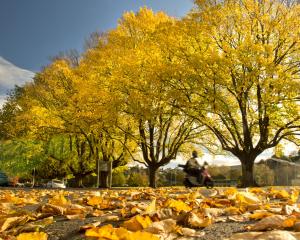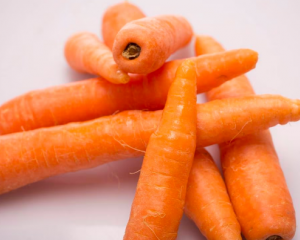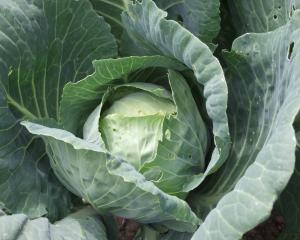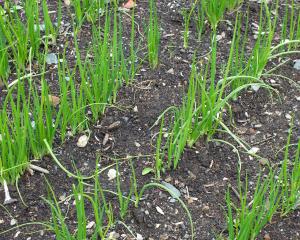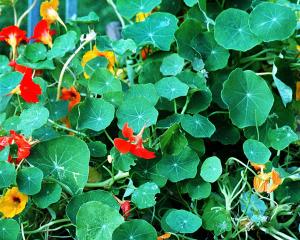Garden maintenance is important now.
Vegetables
Hoe regularly between rows to control weeds and maintain a good texture (tilth) of the soil.
Small weeds can be left on the ground but any with flower heads should be put in the compost bin as many will produce seeds on severed stems.
Clear away remnants of cabbages, lettuces and other crops.
Left in the ground, stems keep drawing nourishment from the soil, which is wasteful.
These add an important green element to compost.
Broccoli, which can take up to four months from planting out to maturity, can be sown now for late winter and spring use.
Spinach, turnips and onions can be sown.
Brown onions do better in the South if sown until mid-autumn then left to stand over the winter.
Perfect Keeper and Pukekohe Long Keeper are recommended.
When thinned in October, discards can be used like spring onions.
Late-sown beetroot, carrots and turnips will need thinning.
Leeks need to be kept thoroughly watered.
If rotted poultry manure is mulched around the plants first, liquid manure will be created, acting as a stimulant.
However, this does tend to attract flies.
A light sprinkling of salt on sandy soils will also stimulate growth but, as always, salt should be treated with some caution.
Excessive potash fertiliser can increase the salt content in soil, so if in doubt, leave it out.
Parsley sown now should be ready for spring and next summer.
Soaking seed for a few hours in warm water will help germination.
As seedlings appear, thin ruthlessly to prevent overcrowding.
Rhubarb flower stems must be removed to prevent them sapping the strength of the plants.
Unless they are being saved for seed, trim seed heads from herbs such as sage, parsley and thyme.
Flowers
Plan now for next summer's flowers by sowing alyssum, Iceland poppies, cornflower, larkspur, scabious, antirrhinum and Clarkia.
Sow in well-prepared permanent positions, thin to a few centimetres apart when seedlings appear and look forward to a fine show between spring-flowering bulb plants and the later summer annuals.
Spring bulbs are appearing in garden centres, so buy early to get the best selection.
Daffodils should go in first.
Any bulbs that have been in the same spot for three or more years may need to be lifted, divided and replanted in replenished soil.
Compost dug in well and added bone dust helps.
Although the usual advice is to plant bulbs in twice their depth of soil, in fact soil type should be the guide.
In light, sandy soil, plant bulbs at three times their depth and half that in heavier ground.
Tulips like lime, whereas daffodils prefer a slightly acid soil.
Ranunculus like a cool, moist position with rich, well-cultivated soil.
In a sheltered, well-drained spot, plant in autumn but if the area is wet and cold, wait until August.
Place ranunculus tubers (claws) no more than 10cm apart with the points facing down.
Placing sand under each one will improve drainage and they should be covered with good soil, about 8cm deep.
Fruit
Strawberries will be flowering for their second crop next month.
Although the autumn crop is generally smaller, these are often the best-flavoured berries, as they have a higher sugar content.


